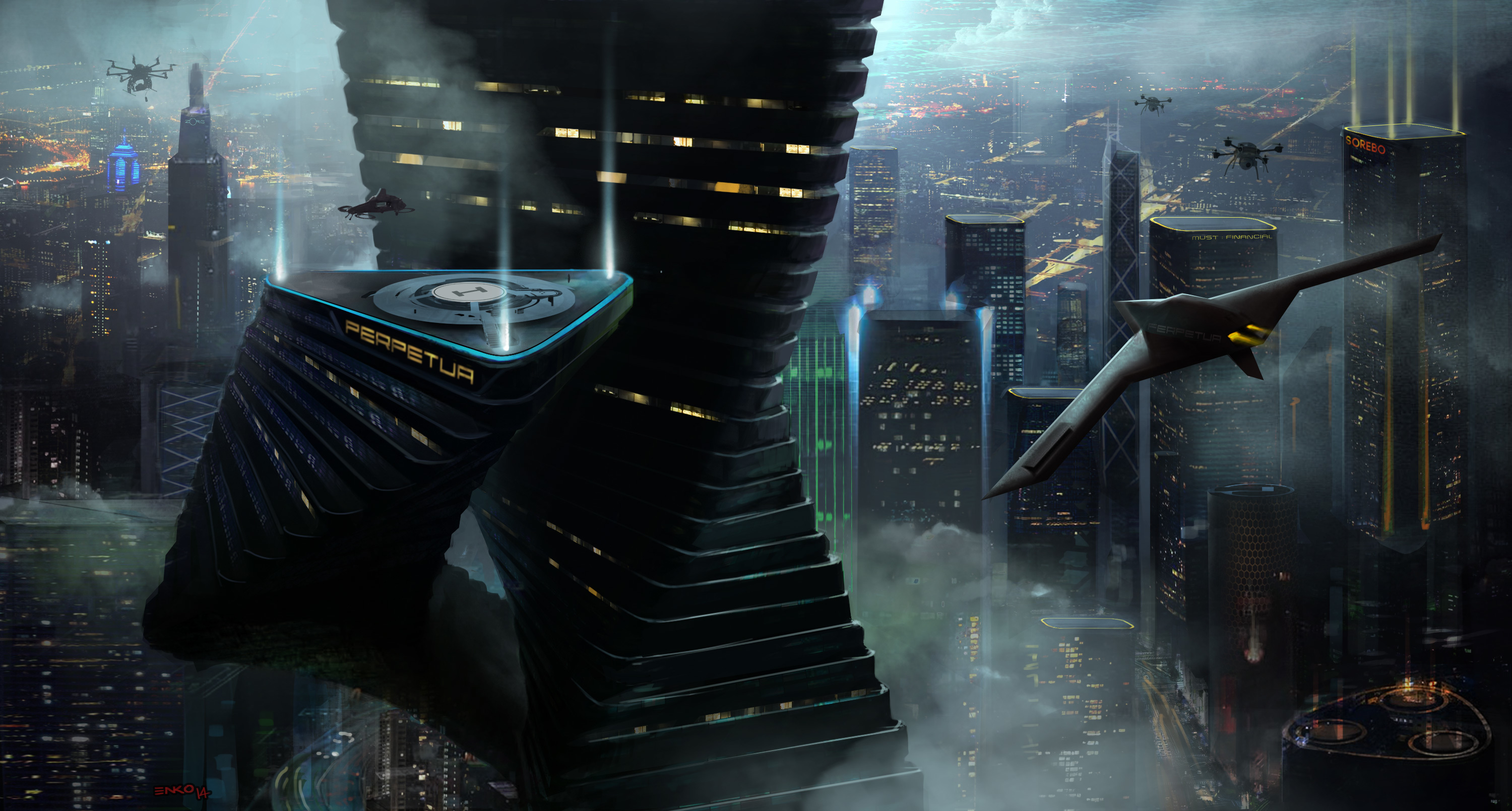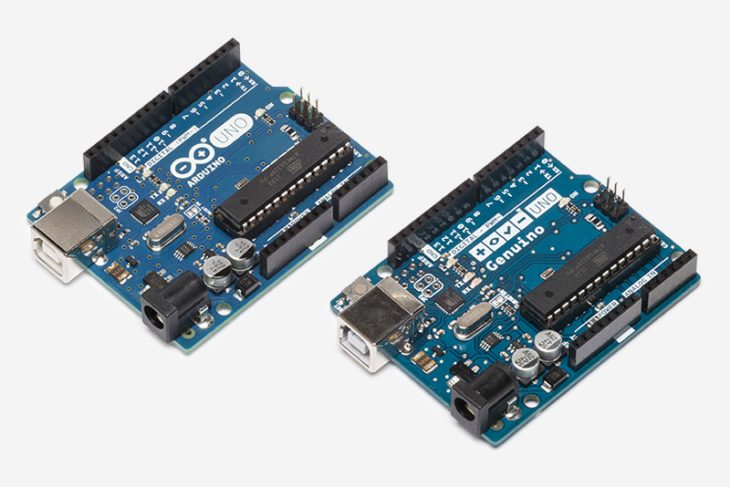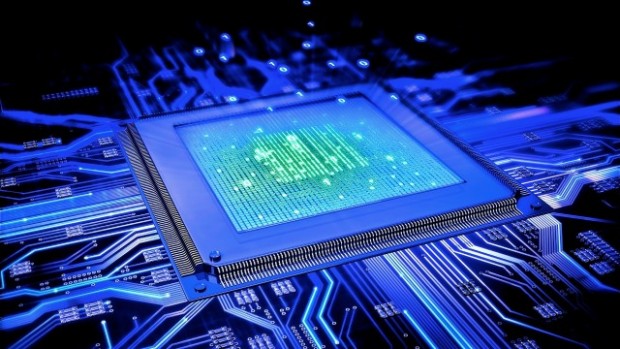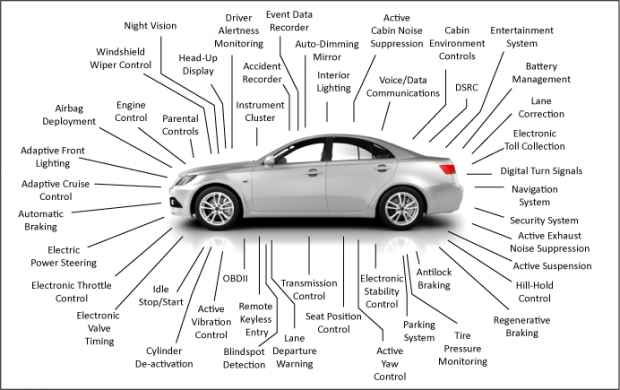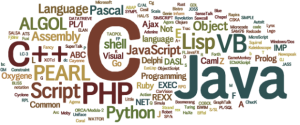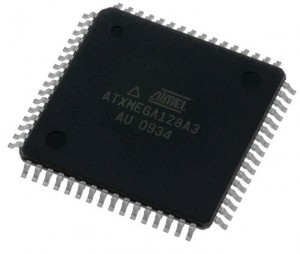Embedded Systems සමඟ ගනුදෙනුව ආරම්භ කරන බොහෝ දෙනෙක්ට සහ එහි විශේෂඥයන්ට පවා නැතිවම බැරි උපකරණයක් විදිහට Arduino හඳුන්වන්න පුළුවන්.
මේ ලිපියෙන් මම කථා කරන්න බලාපොරොත්තු වෙන්නේ ඇයි අපි Embedded Systems නිපදවීම් කරන අය බහුලව භාවිතා කරන Raspberry Pi වැනි උපකරණයක් භාවිතා නොකර Arduino භාවිතයට යොමු වෙන්නේ කියලා.
එයට ලබා දෙන්න පුළුවන් කෙටිම පිළිතුර, Arduino වල ඇති සරල බව.
Embedded Systems සමඟ ක්රියා කරන්න මුල් වරට යොමුවන කෙනෙක්ට සරල, ඉක්මන් ආරම්භයක් ලබා ගන්න පුළුවන් උපකරණ අතර Arduino මුල් තැනක් ගන්නවා. එයට හේතු කිහිපයක් තිබෙනවා,
- අඩු මිලකට ලබා ගත හැකි වීම
- ඉගෙනීමට ඇති පහසුව
- වෙනත් ඉලෙක්ට්රොනික උපකරණ හා සම්බන්ධ කිරීමට ඇති පහසුව
දැන් අපි මේ කරුණු පිළිබඳව වෙන වෙනම සලකා බලමු.
අඩු මිලකට ලබා ගත හැකි වීම
වෙලඳපොලේ මේ වන විට Arduino වර්ග කිහිපයක්ම තිබෙනවා. ඔබ Arduino ප්රධාන වෙබ් අඩවියේ https://www.arduino.cc/en/Main/Products පිටුවට ගියොත් දැකගන්න පුළුවන් Arduino වර්ග විශාල ප්රමාණයක් ඔබට තොරාගත හැකි බව. මේ වර්ග අතරින් බහුලවම භාවිතා වන Arduino Uno උපකරණයක් සමඟ ක්රියා කරන ආකාරය මීට පසු ලිපි වලදි සාකච්ඡා කෙරෙන්නේ. (නමුත් එම ලිපි වල එන කරුණු, බොහෝ අවස්ථා වලදී Arduino Nano, Arduino Mini, Arduino Micro, Arduino Mega වැනි උපකරණ වලටත් එලෙසම අදාළයි. )
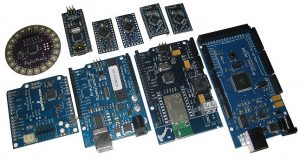
විවිධ වර්ගයේ Arduino කිහිපයක්
මෙම Arduino Uno උපකරණයක් රු.1000 කටත් වඩා අඩු මුදලකට ඔබට ලබාගත හැකි වීම ඉතා විශේෂයි. මීට අමතර Arduino Mini, Arduino Nano වැනි උපකරණ එයටත් වඩා අඩු මුදලකට ලබා ගත හැකියි.
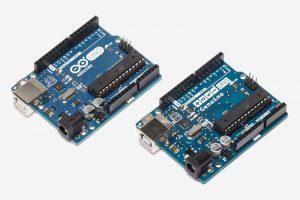
Arduino Uno
ඉගෙනීමට ඇති පහසුව
Arduino වල තිබෙන විශේෂම ලක්ෂණය තමයි ඉගෙනීමට ඇති පහසුව. එයට හේතු වන කරුණු අතර තිබෙන ප්රධානම කරුණ තමයි Arduino වලටම විශේෂ වූ ක්රමලේඛ භාෂාවක් (Programming Language) තිබීම. එය ඉතාමත් පහසු කිසිදු මූලික දැනුමක් නැති අයෙකුට වුනත් ලෙහෙසියෙන්ම ඉගෙන ගත හැකි ක්රමලේඛ භාෂාවක්. ඒ වගේම ඔබට ඉතාමත් සතුටු විය හැකි දෙයක් Arduino වල තිබෙනවා. ඔබ Arduino උපකරණය පරිගණකයට සම්බන්ධ කර මිනිත්තු කිහිපයක් තුලම LED නිමෙන දැල්වෙන රටා මවන්න හැකියාව ලැබෙනවා. එය ආරම්භකයෙකුට ඉදිරි ගමන සඳහා විශාල පෙළඹවීමක් ඇති කරන බව මගේ විශ්වාසයයි. ඔබ භාවිතා කරන්නේ Arduino Uno උපකරණයක් නම් සම්බන්ධ කිරීමට wire පවා නොමැතිව LED බල්බ සමඟ ක්රියාත්මක වන ආකාරය පරීක්ෂා කරන්න පුළුවන්.
වෙනත් ඉලෙක්ට්රෝනික උපකරණ හා සම්බන්ධ කිරීමට ඇති පහසුව
Arduino වලට LED, Motors, නොයෙක් ආකාරයේ සංවේදක උපකරණ (Sensors) හා වෙනත් නොයෙක් උපකරණ කිසිම අපහසුවකින් තොරව සම්බන්ධ කිරීමට හැකියාව ලැබෙනවා. මේ පිළිබඳව ඔබට ඉදිරි ලිපි වලදී බොහෝ කරුණු දැනගන්නට ලැබේවි.
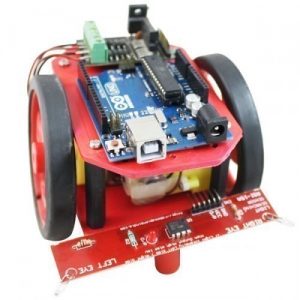
Arduino භාවිතා කර සාදන ලද රෙබෝ යන්ත්රයක්
